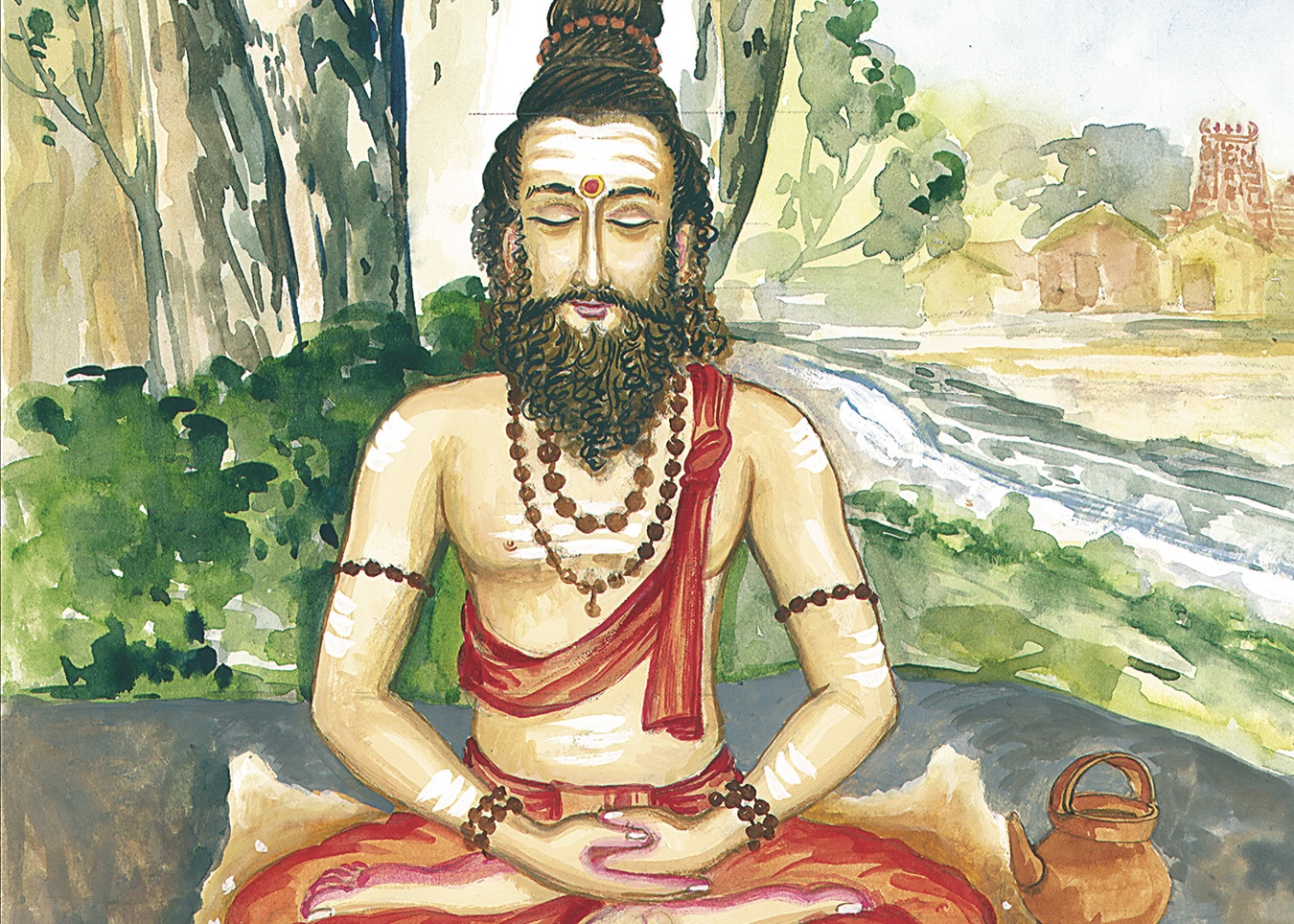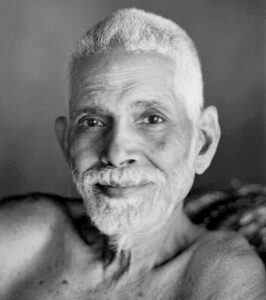
Sanskrit is to experiential spirituality what mathematics is to science. Sanskrit can unlock the mysteries of universal Consciousness just as mathematics helps to decode the structure of the universe.
This means for a science of Consciousness to be credible we should learn the mantric language of Sanskrit.
Sanskrit is not just a manmade historical language or a product of the human brain. It holds all the potentials of cosmic sound.
It links the human brain and mind to the vibratory field of Cosmic Intelligence that guides the universe as a whole. Sanskrit is a human emulation of cosmic sound that links the human mind to the Cosmic Mind. Just as we can link with the internet and download information via information technology, we can use Sanskrit in the meditative mind to link with Cosmic Intelligence and access its deeper knowledge and wisdom.
Sanskrit provides a precise terminology for understanding the workings of cosmic law, karma and all forces in the universe, including all aspects of time and energies, animate and inanimate. The Sanskrit alphabet is used as a blueprint for universal forces from the stars and the planets to the chakras of the subtle body. Sanskrit reflects the vibratory patterns that govern the universe as a whole on individual, collective, global and universal levels which are all interrelated.
Sanskrit, OM and the Big Bang
Sanskrit is the language closest to the Divine Word (Vak), the original Cosmic Sound and Light vibration behind the entire universe. This Divine speech begins with OM and primal sound, the vibratory pattern that creates the time/space continuum. To learn all yogic mantras one should know the basics of Sanskrit. The very letters of the Sanskrit alphabet form prime mantras.
Modern physics begins with the Big Bang, the original singularity from which the entire universe expands. Sanskrit similarly begins with OM as the original singularity behind the cosmos, which all other mantras create as the vibratory energies from the Big Bang.
From the OM vibration the universe is created through the sounds of the Sanskrit alphabet and its Shakti mantras as primary energy sounds and patterns. The ancient Vedic Rishis entered into Para Vak or Transcendent Speech beyond all name and form and revealed the secrets of creation through the Vedic mantras. That is why the Vedas are said to be the means through which the universe arises, is sustained and is dissolved, which happens at every moment, as well as in longer cycles of cosmic time. Yet such mantras are not merely human speech but cosmic powers and the language of the Devas, the Divine forces that guide the cosmic movement.
Vedic Sanskrit
The Vedas are mantric texts of the cosmogenesis behind the various lokas or realms of manifestation from pure light to gross matter. Yet they also replicate the same code in the human soul (Jivatman) that is a replica of the entire conscious Universe, the individual reflection of the cosmic person. Yet this deeper mantric connection must be understood with a mantric mind, not simply an academic intellect or modern linguist. It requires a profound sadhana of Vedic mantras on a daily basis for many years.
Western academic scholarship to date has only scratched the surface of the monumental teachings of the Vedas. It remains caught in the outer mind, brain and physical reality missing the multidimensional mantric language of the Rishis and its secret code of universal knowledge.
Without understanding the mind of the Rishi, the Vedas remain a closed door to the outer mind and its superficial opinions. Vedic deities of light and fire, like Agni, Surya, Soma, Indra are not just personifications of the forces of nature, as they are often reduced to, but of the powers of cosmic light operative from the macrocosm to our own minds and hearts, imbued with consciousness and a multidimensional action, not restricted to a single form. In this regard all the forces of nature on Earth are but local manifestations of universal forces.
Vedic Sanskrit, we should note, is more fluid, symbolic and less grammatically strict than classical Sanskrit. It cannot be understood by the rules or formations of Sanskrit grammar alone. Its meanings and etymology have more variabilities, levels and hidden dimensions than classical Sanskrit which has many of these of its own.
Vedic Sanskrit requires a Rishi vision to appreciate, not just technical linguistic expertise. Can hold the entire universe in every syllable. The ultimate yogic power of Sanskrit is found in the oldest Rigveda which holds the mantras of the Rishis. Vedic Sanskrit has a depth and density that exceeds classical Sanskrit. Panini’s Sanskrit grammar is an extraordinary codification of language and sound for rational and poetic application, but the Vedic language is at a level of universal sound prior to its manifestation into fixed forms. Its words are more like waves on the sea than defined objects in the outer world.
There are a few great modern Rishis through whom we can approach the depths of the Vedic language. These include Sri Aurobindo, Kavyakantha Ganapati Muni, Kapali Shastri, Brahmarshi Daivarata, Sri Anirvan and Swami Veda Bharati.
Sanskrit Terminology and Use of Mantras
Sanskrit is not as difficult to learn as many people think it is. For those speaking English it is much easier to learn than Chinese or even European languages like Russian or French. But going to its depths is another matter. Yet even beginners in Sanskrit can learn various mantras and terminology that will greatly expand our understanding of ourselves, other creatures and the entire universe.
Vedic Sanskrit is more difficult to learn than Classical Sanskrit because it is a seer language with hidden dimensions, a complex poetic combination of sound and meaning with the abstract and concrete blended together. Even if one learns Vedic grammar these meanings will not be accessible.
Relative to Classical Sanskrit one can at least learn the key terminologies of Yoga, Vedanta and Ayurveda, which have many special terms for understanding different aspects of universal knowledge and have no adequate English equivalents. Such are the three gunas, the three doshas, the five koshas, the seven lokas, the four aspects of the mind, different types of samadhi, yogic principles and practices. Even without knowing much Sanskrit grammar one can benefit greatly from these.
It is of great benefit to chant Vedic mantras like the Gayatri Mantra or Mrityunjaya Mantra to Shiva, which are verses in special meters with special intonations.
Tantric Bija mantras like Hreem are easier to learn to use, though their secrets are profound. Called Shakti Mantras, they are the basis for the main seed mantras used for meditation, pranayama, chants to the deities, and awakening the Kundalini.
For more detail note my book Vedic Yoga: The Path of the Rishi and Mantra Yoga and Primal Sound.
Acharya Vamadeva (David Frawley)






